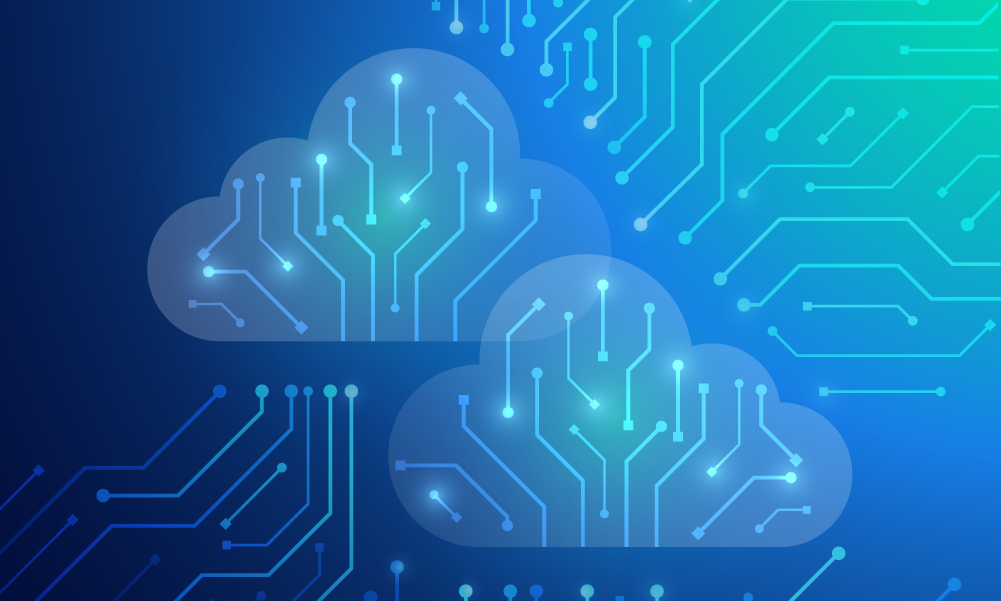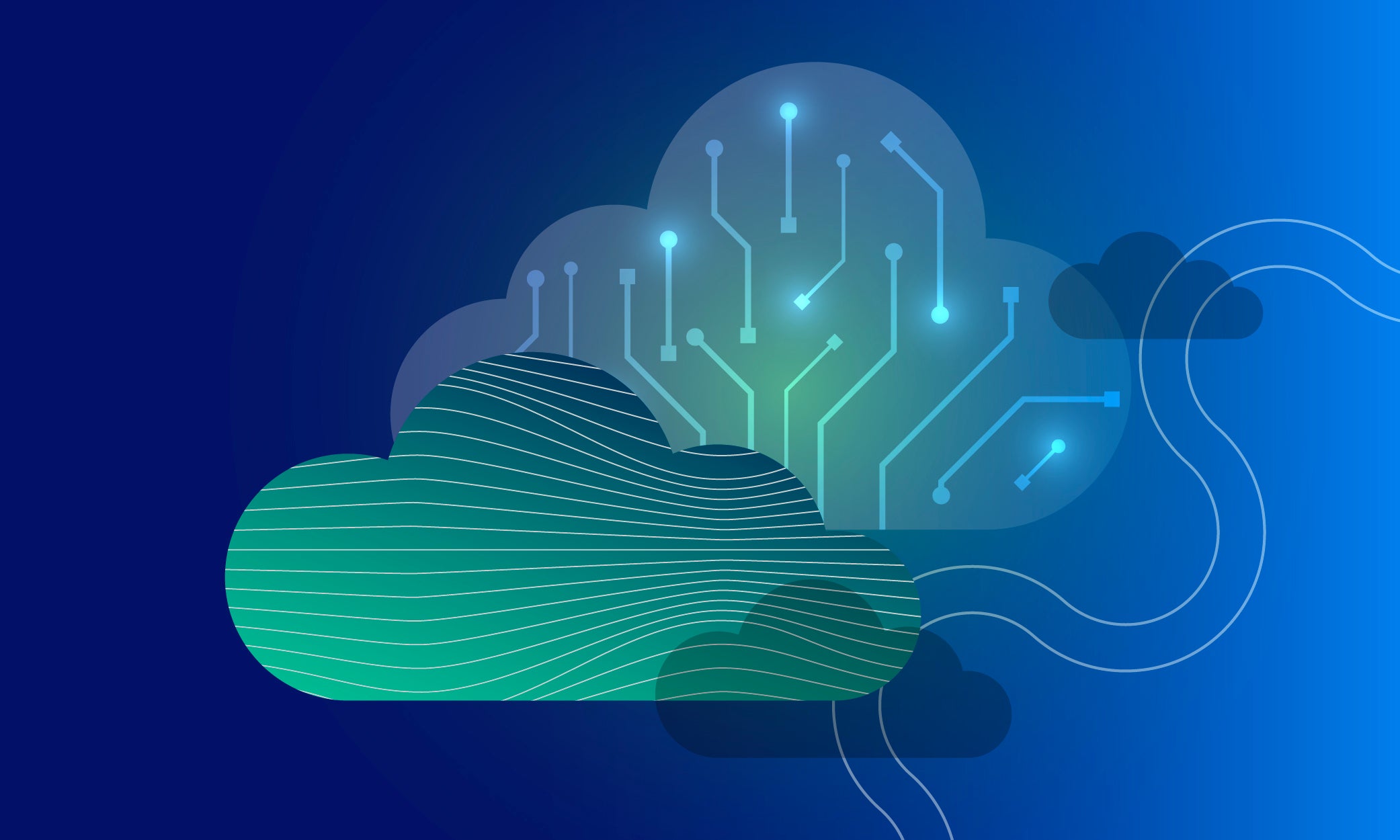Cloud security · 3 MIN READ · GREG NOTCH · NOV 8, 2023 · TAGS: leadership & management
Many factors influence the decision to move data and workflows back on-premises. Organizations conducting these migrations must plan for security both during and after the move.
One of the top findings in Security-enabled innovation and cloud trends, a recent Expel-sponsored study by the Cloud Security Alliance, was a growing trend of organizations migrating workloads back on-premises.
The survey results indicate a surprising trend: 59% of organizations have moved workloads back on-premises from the cloud, with most of these transitions occurring within the past 12 months (34%). This trend implies a shifting landscape in organizational IT strategies, signaling that the pendulum might be swinging back towards on-premises solutions after the cloud-first push of recent years.
This development—known as “cloud repatriation”—is expected to continue. According to IDG Research. “71% of respondents expect to move all or some of their workloads currently running in public clouds back to private IT environments over the next two years [by 2024].”
Sixty-five percent of organizations cite changes in business strategy or direction as leading repatriation drivers. A key cause of the shift could be attributed to evolving in work arrangements following COVID. Organizations were initially compelled to accelerate digital transformation to accommodate remote work, but now employees are returning to the office. In this context, moving workloads back on-premises makes more sense.
Another huge factor is data security. With sensitive information moving across hybrid landscapes, the risk of data breaches, unauthorized access, and service disruptions increases. Implementing robust cybersecurity controls is crucial to safeguarding the repatriation process, including encryption protocols, access controls, intrusion detection systems, and continuous monitoring. However, putting those controls in place in the cloud is one thing, but maintaining them across public cloud and on-prem data stores is another—and security operations tools handle these environments differently.
Security challenges in cloud repatriation
Data protection and encryption
When data is migrated back from the cloud to on-premises infrastructure, it can be difficult maintaining the same level of encryption and data protection. Cloud providers often offer robust encryption keys and secrets management, but replicating these measures in-house requires careful planning to replace the services and technologies that the public cloud provider offers. Ensuring that sensitive data remains encrypted during the repatriation process is crucial to preventing data breaches.
Network vulnerabilities
Cloud environments often come with built-in security features that safeguard against network threats. When moving back on-premises, organizations might need to fortify their network architecture to defend against potential cyberattacks, such as distributed denial of service (DDoS) attacks or intrusion attempts.
Identity and access management (IAM)
Cloud providers offer advanced IAM solutions to manage user access and permissions. Repatriation can disrupt this established system, potentially leading to gaps in user authentication, authorization, and overall access control. Properly migrating IAM policies and integrating them into on-premises systems is crucial to maintaining a secure environment.
Patch management
One of the great things about the cloud is that providers often handle critical software and security updates, minimizing the burden on organizations. With repatriation, the responsibility for timely patch management falls back on the organization’s shoulders. Failure to keep software up to date can expose vulnerabilities that attackers might exploit.
The cloud repatriation process makes risk-based vulnerability management programs more valuable than ever.
Compliance and regulatory challenges
Repatriation is often driven by regulatory requirements and compliance concerns, so it’s obviously essential that the migration process doesn’t inadvertently violate any regulations during the transfer of data and applications. This might involve reconfiguring security controls, data storage practices, and privacy measures.
Skill and resource gap
Another great thing about cloud providers is that they employ teams of security experts to manage and secure their infrastructure. This is a huge advantage for their customers, especially amid a dramatic security talent shortage.
Migrating back on-premises, though, places the burden of finding, retaining, and compensating analysts squarely on the organization. This gap can lead to oversight in implementing best security practices and responding to emerging threats.
Mitigation strategies
Thorough risk assessment: Before launching a cloud repatriation initiative, conduct a comprehensive risk assessment. Identify potential security gaps and vulnerabilities that might arise during the migration process. This assessment will help in developing a robust security strategy tailored to your organization’s specifics.
Data encryption and protection: Implement strong encryption mechanisms to protect data during repatriation and while it’s stored on-premises. Ensure that encryption keys are properly managed and not susceptible to theft or loss.
Network security enhancements: Fortify your on-premises network security by deploying firewalls, intrusion detection systems, and other advanced security measures. Regularly monitor network traffic for any signs of suspicious activity.
IAM transition plan: Develop a well-defined plan for transitioning IAM policies and access controls from the cloud environment to on-premises systems. This plan should ensure a seamless user experience while maintaining the highest levels of security.
Compliance adherence: Collaborate with legal and compliance teams to make sure the migration process aligns with regulatory requirements. Make necessary adjustments to security measures, data handling, and privacy protocols to remain compliant throughout the repatriation process.
Invest in training and skill development: Address the skill gap by investing in training programs and skill development for your cybersecurity team. This will help your organization effectively manage security protocols and respond to emerging threats.
Cloud repatriation might seem like a step back from the cloud revolution, but one size doesn’t fit all. While security challenges are inherent in any major IT transition, understanding these challenges and mitigating them in advance can smooth the process and make it more secure. By adopting a strategic approach that accounts for data protection, network security, IAM, compliance, and skill development, organizations can better navigate the complexities of cloud repatriation while maintaining the highest standards of security.
If you have questions or would like to discuss your repatriation project, drop us a line.






